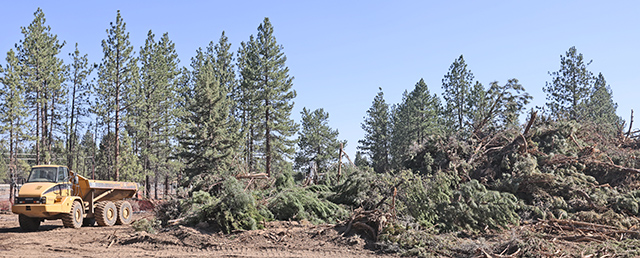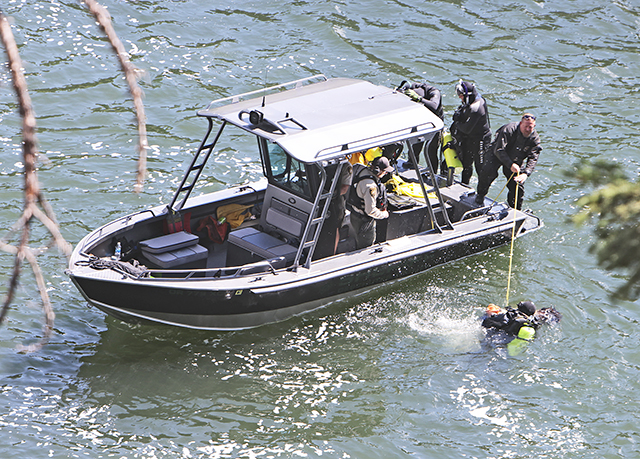Lucky Lake
Published 5:00 am Friday, June 29, 2007

- Lucky Lake
The key to a happy hike with Map Guy is to make sure the payoff is bigger than the expenditure of blood, sweat and boot leather. I suspect there’s a little of that in most of us.
In this regard, we got Lucky.
Trending
Lucky Lake is a full-fledged wilderness lake in an Alpine setting. It has everything the day hiker wants and needs: big green trees, blooming wildflowers and enough mosquitoes to keep you goal-oriented.
At the end of the rainbow, there’s a picture-perfect little lake you come upon after about one and a half miles. The trail goes about halfway around Lucky Lake (30 acres and about 52 feet deep in the middle, according to Mr. Three Sisters Wilderness, Les Joslin) before breaking away and continuing on to Senoj Lake. Map Guy didn’t have the time for an additional eight-mile round trip (he had to go to work), so we lingered at Lucky Lake, snapping photographs, eating juicy, roadside-stand peaches and swatting mosquitoes.
This is a hike that’s tailor-made for those who have only a half day to spare or who feel comfortable keeping their walk at about four miles, including side excursions. For those who want more, Senoj Lake is up the trail and so are Doris and Blow lakes.
In fact, the map shows a plethora of little blue dots small lakes within striking distance of the southwest of Lucky Lake and northeast of the Winopee Lake Trail. In fact, there are so many high mountain lakes within the Three Sisters Wilderness, it would take an ambitious hiker a long lifetime to get to them all (make sure you check on snow conditions before heading out).
That Lucky Lake is on the inside edge of the wilderness boundary doesn’t diminish its wilderness qualities. You won’t see mountain bikes here or four-wheelers or people with chainsaws.
According to Joslin, a Bend-based wilderness educator who wrote “The Wilderness Concept and the Three Sisters Wilderness,” the term wilderness means different things to different people.
Trending
“At one extreme, it is a damnable idea that ‘locks up’ otherwise valuable resources,” Joslin writes in “Three Sisters.” “At the other, it is the romanticizing and perpetuation of pristine nature. Somewhere in the middle, where most people stand, it has long been and generally remains the proposition that preserves wild places for a variety of outdoor recreational and spiritual experiences. And, as (Wallace) Stegner observed, the wilderness is ‘important to us when we are old simply because it is there important, that is, simply as an idea.’”
One of the beautiful things about Lucky Lake is that it is the idea incarnate of an easily accessible slice of genuine wilderness. One you can see, smell and dip your feet into.
And that’s a happy thought, especially if you have to be back in town by early afternoon.
— Jim Witty






